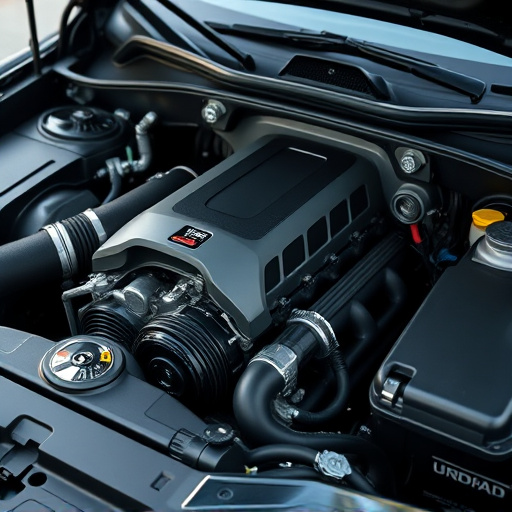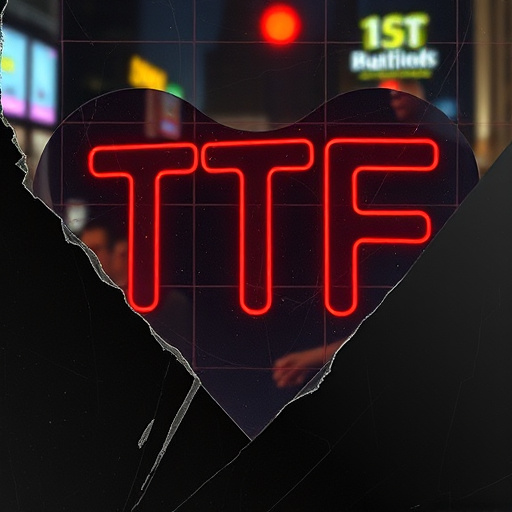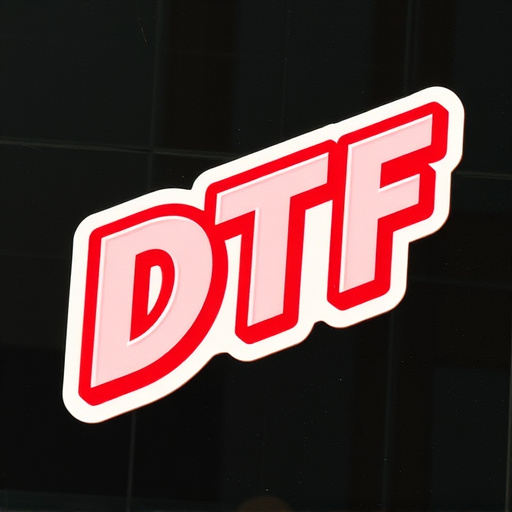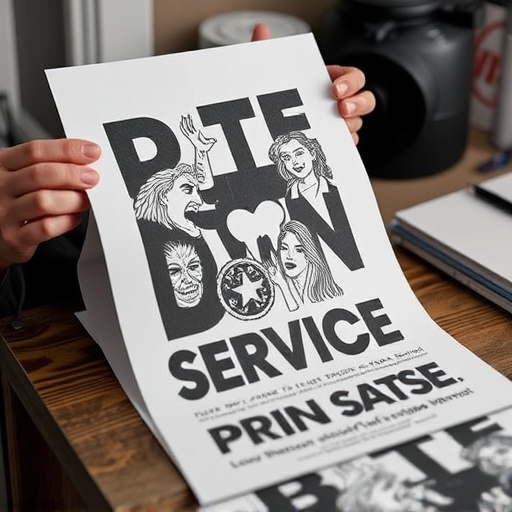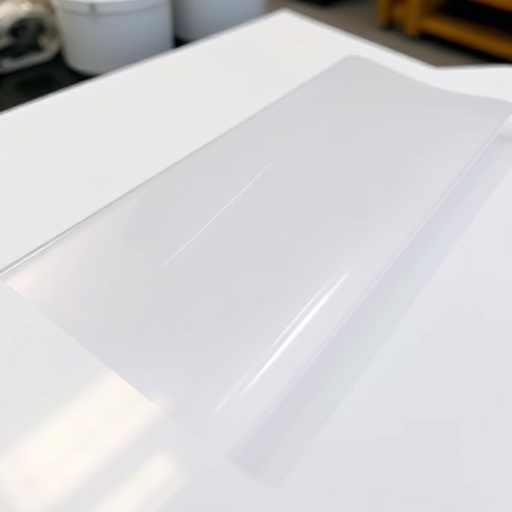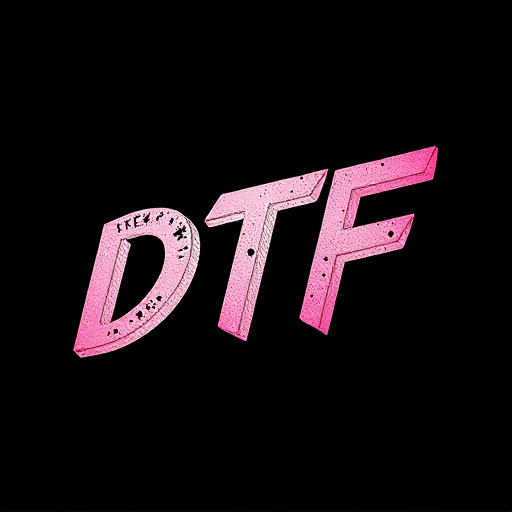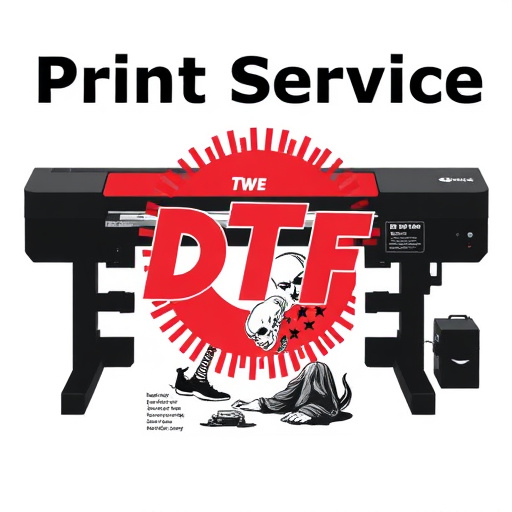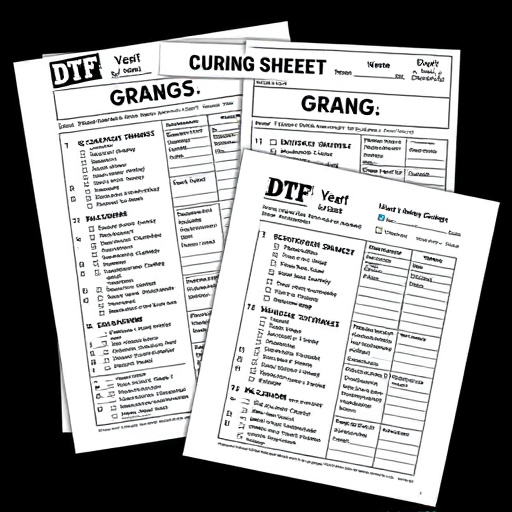Direct-to-Film (DTF) Transfers revolutionize printing with their advanced versatility, applying ink directly to materials for precise color and intricate design details. Ideal for high-volume tasks like dft shirt production, DTF offers streamlined processes, reduced waste, and rapid turnaround times. Top-tier printers ensure exceptional quality, making it a popular choice across apparel and signage sectors. When choosing between DTF transfers and traditional methods, consider speed, versatility, color accuracy, detail, and cost for your project's unique needs.
In the realm of cinema, the evolution of film transfer methods has sparked debates. This article delves into the heart of the debate: Direct-to-Film Transfers (DTFT) versus Traditional Print Methods. We explore DTFT’s innovative digital approach, offering seamless transitions from original footage to modern screens. Conversely, traditional print methods, though classic, present their own advantages and disadvantages. By comparing these methods, filmmakers and enthusiasts can make informed decisions, ensuring the best preservation and presentation of cinematic art.
- Understanding Direct-to-Film Transfers: An Overview
- Traditional Print Methods: The Classic Approach
- Comparing Advantages and Disadvantages: Making an Informed Decision
Understanding Direct-to-Film Transfers: An Overview
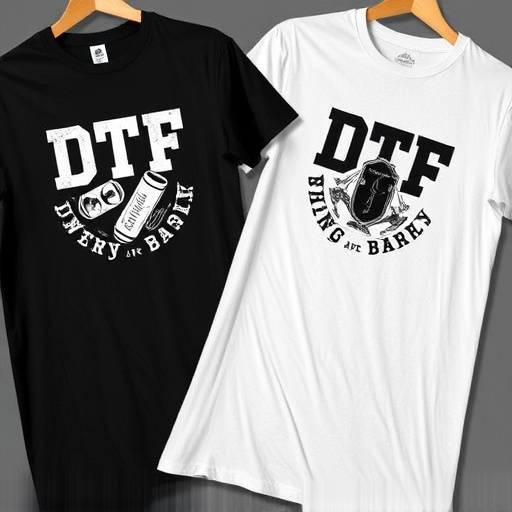
Direct-to-Film Transfers (DTF) represent a cutting-edge method in the printing industry, offering unparalleled versatility and quality for creating custom designs on various materials, from fabrics to plastics. This innovative process eliminates the need for traditional intermediate steps, such as creating film positives or plates, by applying ink directly onto the target surface using advanced digital printers. The result is an efficient, cost-effective solution that allows for precise, vibrant color reproduction and intricate design details.
For businesses involved in bulk dft shirt production or other high-volume printing tasks, DTF transfers offer significant advantages. They streamline the production process, reduce waste, and enable rapid turnaround times. Moreover, with access to top-tier best dtf printer technologies, professionals can achieve exceptional print quality, ensuring that final products meet the highest standards of beauty and durability. This method has gained popularity across diverse sectors, from apparel to signage, as a preferred alternative to conventional printing techniques.
Traditional Print Methods: The Classic Approach
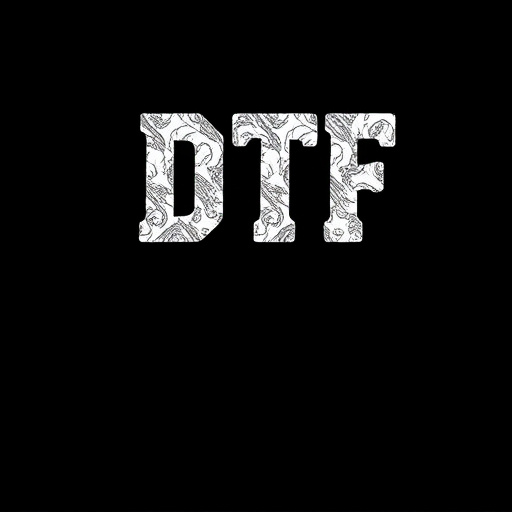
Traditional print methods have long been the go-to technique for creating customized apparel and merchandise. This classic approach involves using printing presses to apply ink directly onto fabric, a process that has been perfected over decades. For years, this method was the only viable option, allowing businesses and individuals to create custom t-shirts, hoodies, and other garments with intricate designs and vibrant colors. The result is often a high-quality, durable print that can withstand regular washing and wear.
These traditional methods utilize various printing techniques such as screen printing, direct-to-garment (DTG) printing, or heat transfer processes. Each has its advantages, offering a range of color options, design complexity, and fabric types suitable for different applications. While it may take longer to produce complex designs due to setup times, the process ensures that each item is carefully crafted, making it ideal for creating unique, personalized direct to film transfers for custom t shirts or even direct to film personalized hoodies.
Comparing Advantages and Disadvantages: Making an Informed Decision
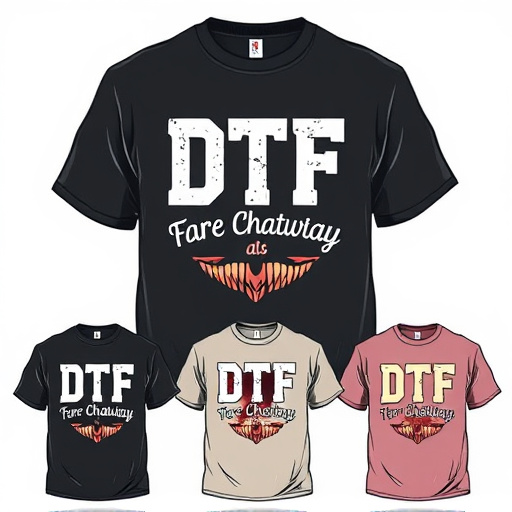
When considering Direct-to-Film (DTF) transfers versus traditional print methods, understanding the advantages and disadvantages is crucial for making an informed decision. DTF printers offer several benefits, such as faster production times, high-quality prints on a variety of materials, and minimal setup requirements. This method is particularly appealing for small businesses or entrepreneurs looking to quickly turn around custom designs onto garments or other products.
However, traditional print methods still hold their own advantages. They often provide superior color accuracy and detail, making them ideal for intricate designs or projects requiring a more nuanced aesthetic. Additionally, traditional printing techniques can be more cost-effective for large-scale orders due to economies of scale. Moreover, the use of custom sheets for heat pressing designs offers a wide range of material options, ensuring that every project can find a suitable substrate. Understanding these factors will help guide your choice between DTF transfers and traditional print methods.
Direct-to-film transfers have emerged as a modern alternative to traditional print methods, offering convenience and enhanced quality. However, understanding the unique advantages and drawbacks of each approach is key to making an informed decision based on specific needs. By weighing factors like resolution, cost, and desired outcome, filmmakers and enthusiasts can choose the best method for their projects. Ultimately, whether opting for direct-to-film transfers or traditional printing, both have their merits, allowing creators to bring their visions to life in distinct yet effective ways.





